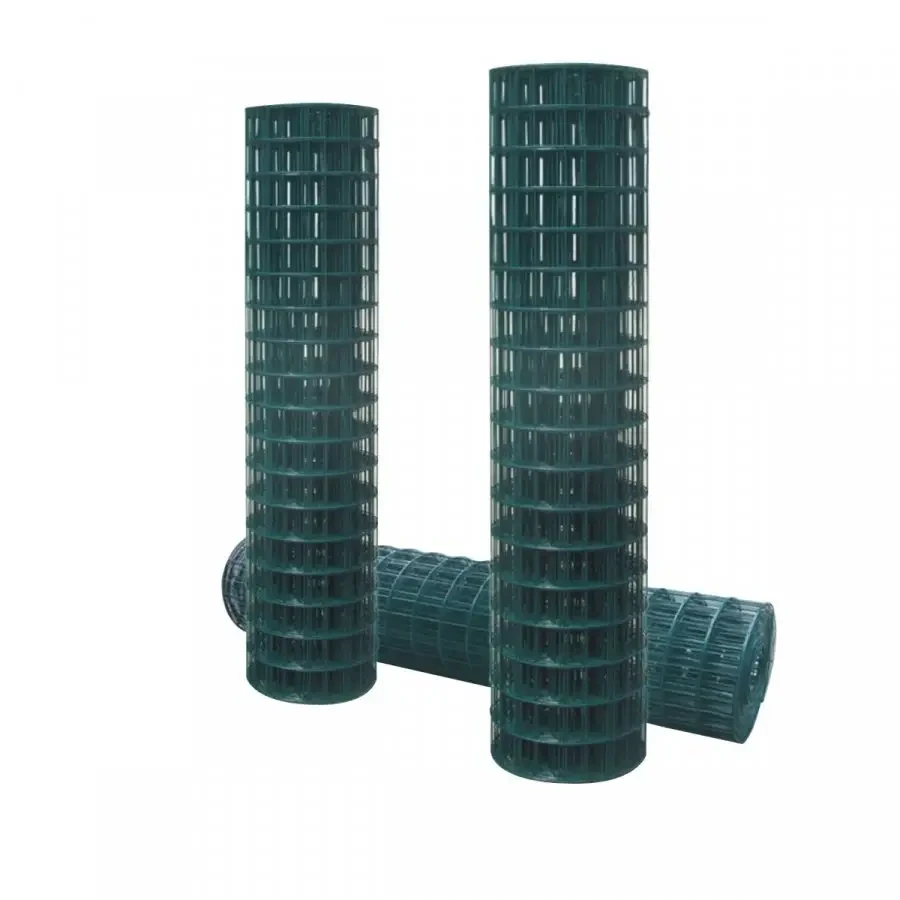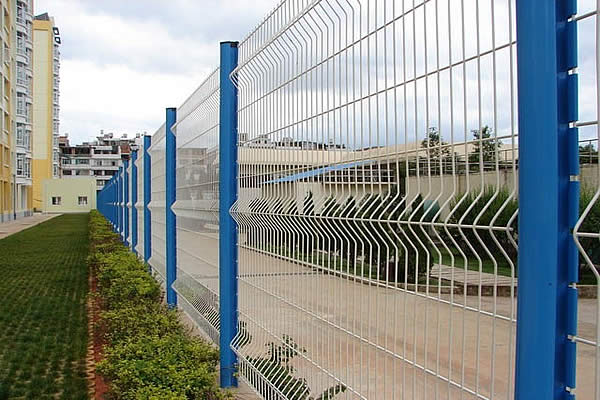316 stainless steel cable, often abbreviated as 316 SS cable, stands out as an indispensable material across various industries. Its unique combination of properties makes it a preferred choice for applications that require strength, durability, and resistance to environmental stresses. Here, we explore these facets in detail, offering insights drawn from real-world experiences, professional expertise, authoritative knowledge, and an unwavering commitment to trustworthiness.

316 stainless steel, recognized for its molybdenum content, provides enhanced corrosion resistance compared to its counterpart, 304 stainless steel. This feature is particularly advantageous for applications in maritime and harsh industrial environments, where exposure to chlorides and salt can severely compromise the structural integrity of other materials. Professionals in the marine industry often rely on 316 SS cables to secure life equipment or structural components, citing its remarkable ability to withstand the corrosive power of sea water.
The attributes of 316 SS cables extend far beyond rust inhibition. These cables exhibit impressive tensile strength, which is crucial for high-tension scenarios such as suspension bridges, safety rigging in construction projects, and heavy lifting in logistics operations. They are engineered to endure substantial loads without deformation, ensuring safety and reliability even in critical situations. Experts in the field affirm that the mechanical properties of 316 stainless steel are integral to projects where failure is not an option.

Another critical aspect is the thermal stability of 316 SS cables. They maintain their structural integrity over a wide temperature range, which is essential for industries operating in extreme climates or near high-temperature machinery. In heat-intensive manufacturing environments, for instance, the resilience of 316 SS cables ensures seamless operations without frequent replacements, thereby optimizing both efficiency and maintenance costs.
Authoritativeness in discussing 316 SS cable usage is bolstered by endorsements from standards organizations and engineering guidelines. The American Society for Testing and Materials (ASTM) and the International Organization for Standardization (ISO) provide comprehensive specifications ensuring that 316 SS products meet stringent quality criteria. Adhering to these guidelines is paramount for industries relying on these materials, offering assurance of both product quality and performance reliability.
3 16 ss cable
Trustworthiness is a cornerstone in recommending materials for industrial use, and 316 stainless steel cables have earned a reputation for dependability. Their widespread acceptance is a testament to their performance over decades, with anecdotal evidence from industry veterans who testify to their unparalleled longevity and robustness. Routine inspections and assessments consistently reveal that 316 SS cables maintain functionality beyond projected lifespans, often outlasting the structures they support.
For those pioneering sustainable practices, 316 stainless steel cables align with eco-friendly objectives. Their longevity contributes to reduced waste and their composition allows for recycling, contributing to more sustainable project cycles. Industries are increasingly turning towards materials that not only perform well but also adhere to environmental standards, thus making 316 SS cables a sound choice.
When selecting materials for high-stakes applications, professionals prioritize a confluence of experience-backed reliability and authoritative endorsements. The versatility of 316 SS cables makes them suitable for nearly every industry where strength, durability, and resistance to environmental factors are non-negotiable. From aerospace to architecture, the medical field to mining operations, the applications are vast and varied.
In conclusion, 316 stainless steel cables represent a pinnacle of engineering excellence. Their capacity to provide unmatched strength and resist corrosion, alongside the assurance of safety and reliability, underscores why they are not merely recommended but required in critical applications worldwide. Embracing 316 SS cables is not just a testament to choosing superior materials but a commitment to safety, efficiency, and sustainability.
 TEL:
+86-13102802206
TEL:
+86-13102802206
 Email:
fencenetting@china.com
Email:
fencenetting@china.com
 Language
Language
 TEL:
+86-13102802206
TEL:
+86-13102802206
 Email:
fencenetting@china.com
Email:
fencenetting@china.com
 Language
Language



